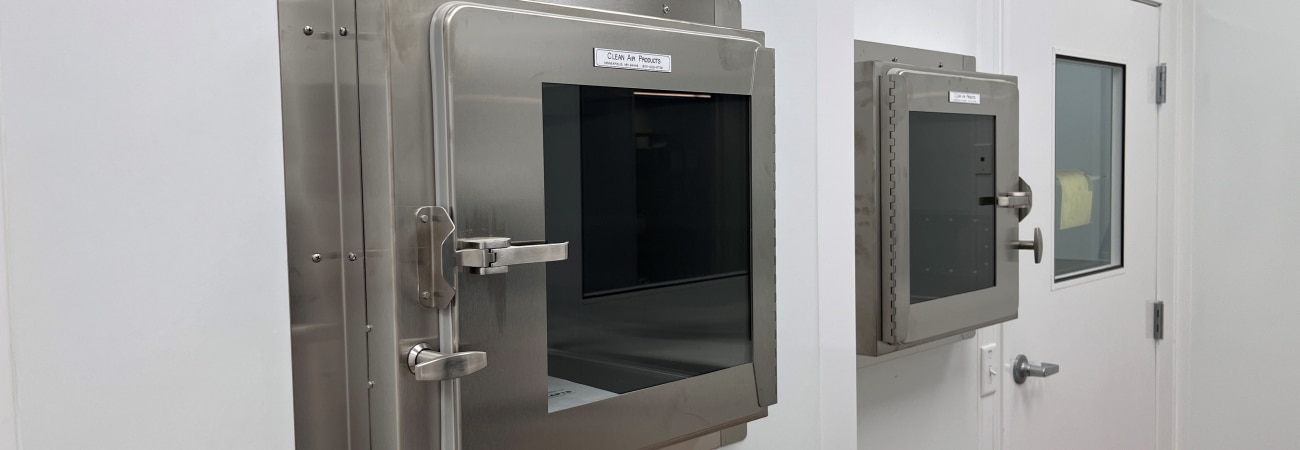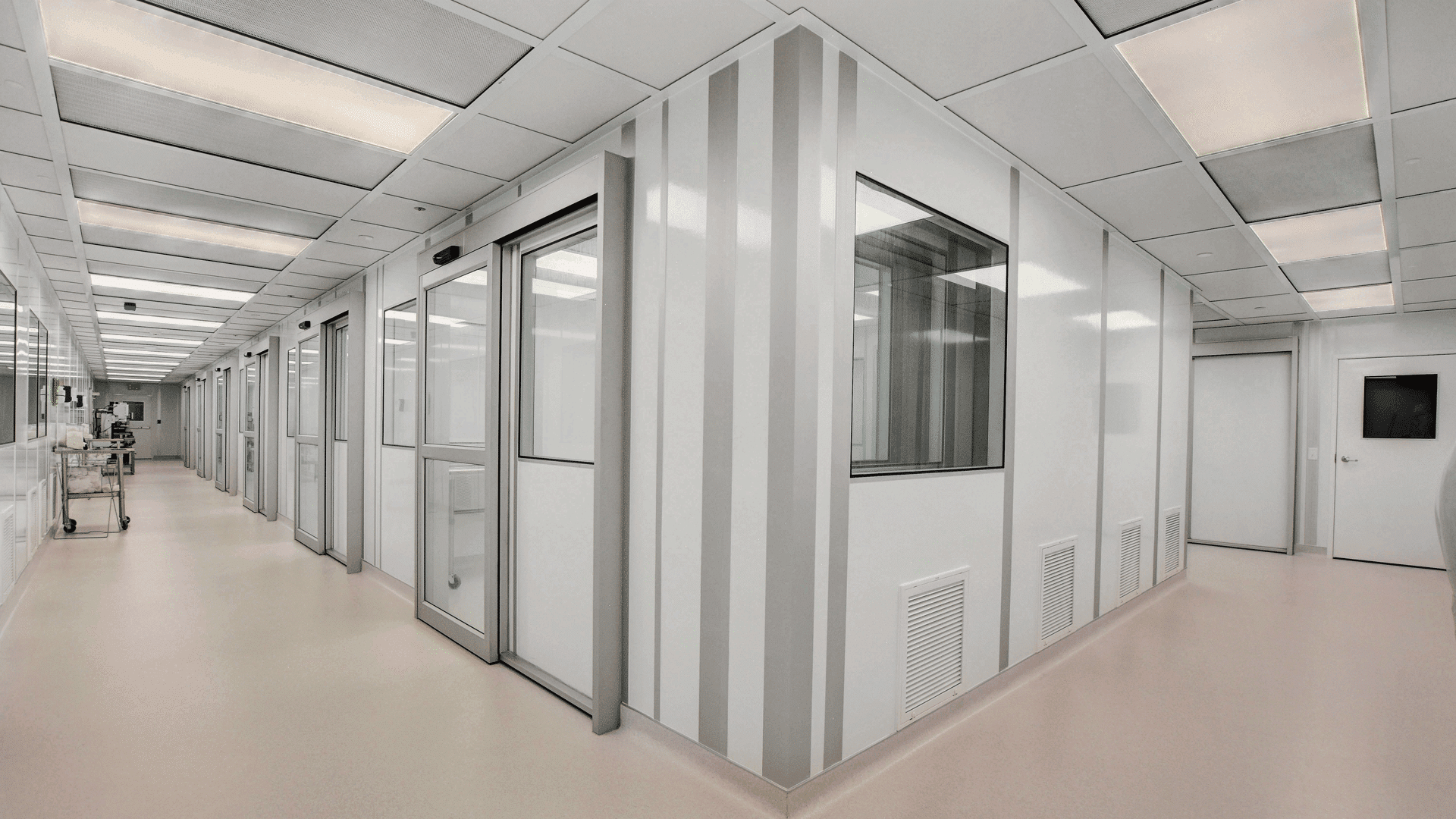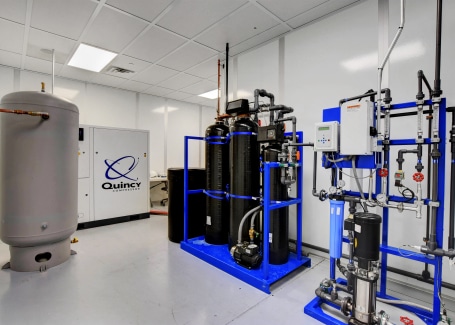Most people assume GMP compliance for cleanrooms only involves cleanliness, but it’s also about consistency. Even if your cleanroom is pristine, it still needs to have efficient and repeatable processes in order to meet GMP standards. In this article, we’ll cover the basics of GMP compliance for cleanrooms, related grades/classifications, qualification and validation, and more.
GMP Compliance for Cleanrooms

GMP stands for Good Manufacturing Practices, which is a set of regulations outlined and enforced by the FDA. Its purpose is to help manufacturers create products that are both safe and consistent. Within cleanrooms, GMP guidelines help limit contamination and set high standards for both hygiene and quality of products.
GMP is used most often in the following industries:
In these industries, and a few others, manufacturers often require GMP-compliant spaces. From design right down to installation and operations, every part of the process is subject to various rules and quality control measures.
GMP Cleanroom Classification (Grades A–D)
GMP cleanrooms are classified into four grades: A, B, C, and D. Each grade has specific requirements and applications. They are similar to ISO cleanroom classifications, but there are four classes instead of nine.
As in the ISO system, each grade determines the level of cleanliness (the limits on the number of particles) needed to meet each classification.
Grade A: This class represents the highest level of cleanliness, and is equal to ISO 5, both at rest and in operation (see the paragraph below on the terms “at rest” and “in operation”). It is used for important manufacturing processes where contamination must be avoided as much as possible, as in aseptic filling.
Grade B: This grade is equivalent to ISO 7 in operation and ISO 5 at rest. Typically used for aseptic preparation, filling, and compounding. This grade is very important in the preparation of sterile medicines.
Grade C: Equivalent to ISO 7 at rest and ISO 8 in operation. Used for processes where contamination control isn’t as strictly necessary, or at least where there is a greater margin for some contamination.
Grade D: Equivalent to ISO 8, both in operation and at rest. Used for even less critical production areas than Grade C. This is the “dirtiest” grade.
Each of these grades sets limits for viable (microbial) and non-viable (dust and particles) contamination types. The grades apply in two states: (1) ‘at rest’, when equipment is turned off; and (2) ‘in operation’, when workers are present and equipment is active. As you might expect, simply the presence of people and activity increases particle levels, which is why each must be tested and controlled, especially for cleanroom validation.
GMP Cleanroom Qualification and Validation

To meet GMP expectations, most cleanrooms undergo four qualification stages as part of the validation process:
- Design Qualification (DQ): Verifies that the cleanroom as designed can meet all regulations and process requirements.
- Installation Qualification (IQ): Verifies that your cleanroom is built as designed after installation has been completed.
- Operational Qualification (OQ): Tests whether the systems (airflow, pressure, filtration, etc.) function as needed (within the required ranges) during regular operations.
- Performance Qualification (PQ): Verifies that the cleanroom can consistently protect production processes without contamination or deviations.
The above four qualifications are the beginning of validation, but not the end. Validation is essentially documenting and proving that a specific process will continue to create products safely and consistently. As a result, for full validation, you may also have to go through cleaning validation, method validation, and even computer system validation. The entire process can take anywhere from a few months to a year, depending on the application and complexity of your cleanroom.
The Bottom Line
GMP compliance for cleanrooms isn’t only about cleanliness. It’s also about being consistent, documented, and repeatable. If you operate in an industry that requires GMP compliance, your cleanroom must meet specific classification, qualification, and validation standards.





